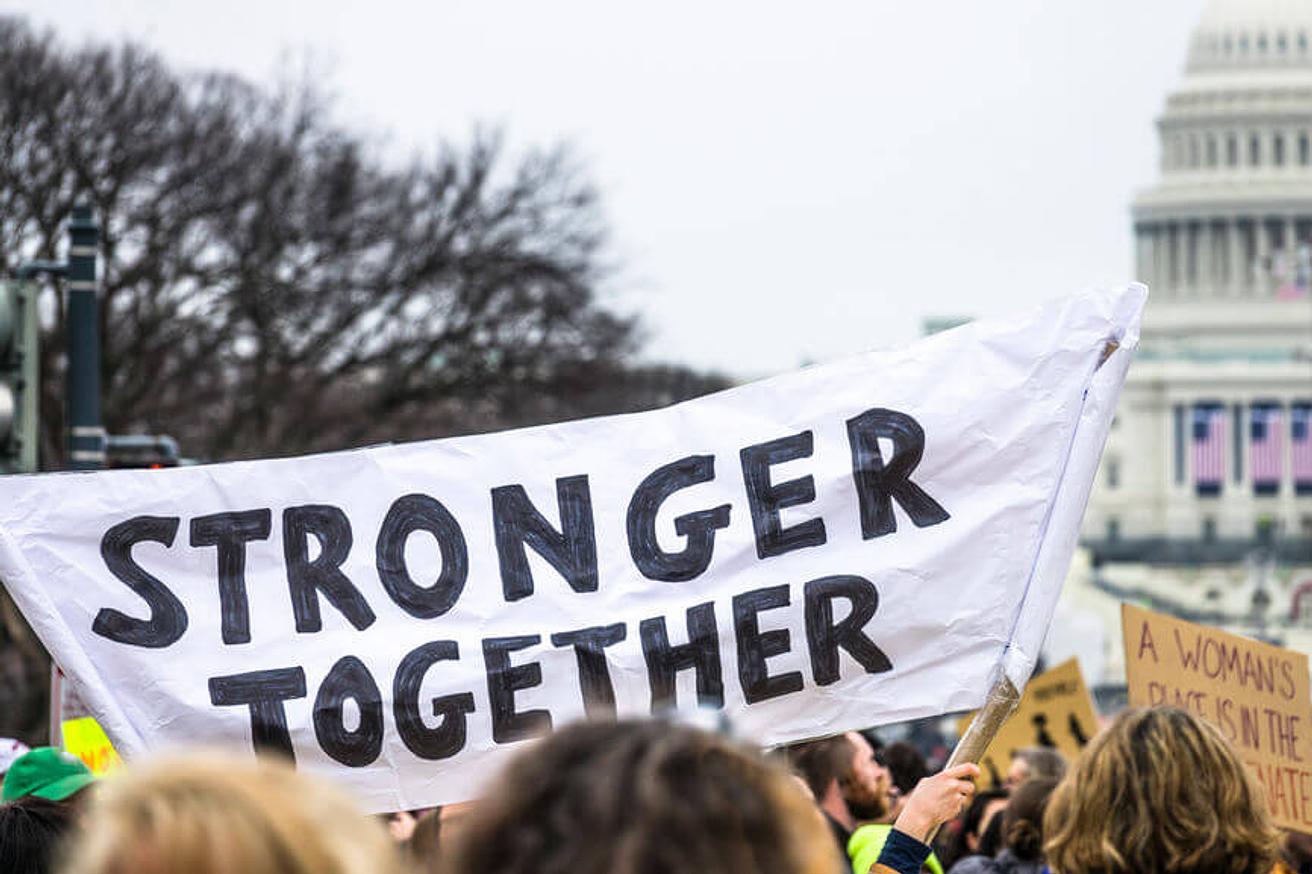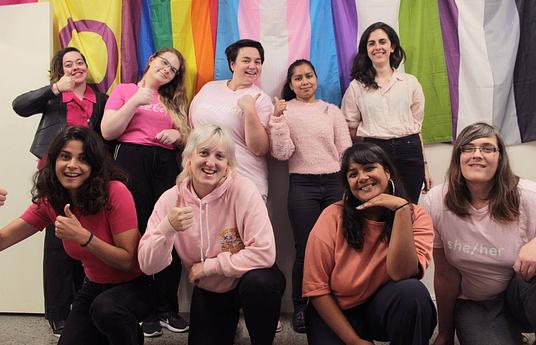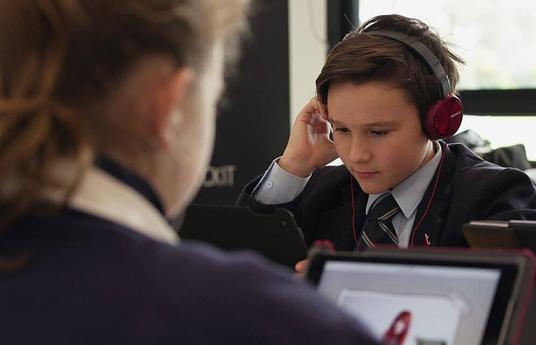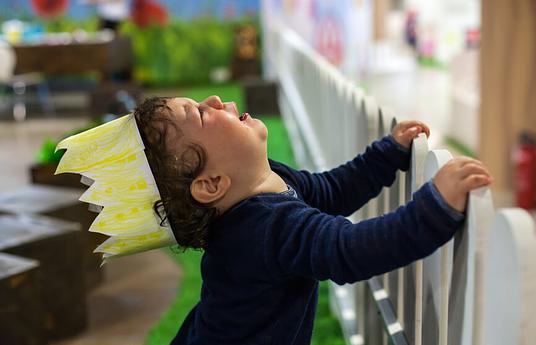We’re all living in our bubbles. Data feeds back to us what we know and like, polarising our worlds and meaning our experiences are further separated from each other more than they would usually be. Of course, being limited to your experience of the world is not a new phenomenon. But in a time where experiences can be shared easily and we have to collaborate on a global level, it’s far gone past the time to understand others.
We’ve made some huge strides in recent decades towards a world that is diverse and respectful. From gay marriage to legalizing abortion to establishing workplace diversity initiatives, there are many countries around the world that are taking steps to address the issues surrounding diversity. However, there’s clearly still work to be done, especially during this time of polarisation. The skillsets of empathy, tolerance, and understanding aren’t new skills but there are innovative ways to help kids acquire these skills.
The best way to encourage children to be kind and respectful of others’ lives and experiences is, of course, to start young. We’re only just starting to understand the developmental processes of early childhood and how these affect our behaviors in later life. So if we want to bring up the next children to have empathy, we need to find effective ways of establishing these skill sets at the beginning of their lives.

An incredibly effective way of teaching empathy is through asking children about the emotions and feelings of others, whether it’s how you treat a plant, animal or another person. This is one of the founding principles in Roots of Empathy. Through bringing babies into the classroom and having qualified individuals conducting the sessions, children learn naturally to imagine what it must be like for someone else to experience the world as they answer questions to do with the baby in front of them.
Bringing a baby into a classroom may seem a strange idea. But the fact that babies cannot communicate verbally helps children to pick up on nonverbal communication, as the Roots of Empathy instructor asks the class questions about what the baby is thinking or doing, and what they might like to happen or not like. As the baby is unable to communicate verbally, children have to notice the small things the baby is communicating through their body language and through imagining what they might be thinking in the baby’s position.
Through using open questions, and never saying to a child that they’re right or wrong, children are able to discuss what they’re witnessing with total freedom. As there are no wrong answers, children use their own curiosity and lead their own learning through the session, increasing engagement and making what they learn more powerful.
Mary Gordon, Roots of Empathy Founder says, ‘Roots of Empathy is about building children who will be able to participate in the world, in their families, in society and in their classrooms. They will become agents of peace and agents of joy.’
Once children have this fundamental skill they’re able to go on to understand others to a much deeper level than they could otherwise. Understanding others on such a deep level helps to curb violence, bullying and aggression, and instead increase love, peace and acceptance of those different from ourselves.
Of course, how we see others is also shaped externally by the words we’re fed. We experience life through stories; how we see ourselves and how we see others are fundamentally narratives we either construct ourselves or are told by others. Therefore, storytelling is a powerful component of how we can connect children to people different from themselves and help them to understand other’s experiences.
Storytelling educational resources such as the Global Oneness Project have made it easier than ever for educators to connect their students to the world. Through Global Oneness Project’s free educational documentaries, photo articles and essays, children are exposed to stories outside their realm of experiences and learn more about the global issues of our time.
Cleary Vaughan-Lee, Executive Director at Global Oneness Project believes that ‘storytelling gets to the heart of learning. Stories create empathy and they are a way for us to learn about our real essence, about being human. In education that can translate to many different ways of learning; they can create communication, reflection and foster critical thinking. But stories, we remember them, it’s a part of our DNA and with stories students can reflect on who they are as people and how they want to live in the world.’
It’s not just about establishing empathy, but understanding how to talk about the various experiences in our world in a constructive, respectful way. It is often difficult to teach issues that are sensitive because we’re worried we might say the wrong thing or pass on the wrong information. This is particularly prevalent amongst issues to do with race, gender and sexuality. Programmes like Interactive Diversity make it easier for educators to tackle identity through having children learn in a safe, fun way the correct terminology to use to describe someone’s ethnicity.

Because the children are practicing through technology, they’re able to learn the right and wrong words to use without offending anyone. The Interactive Diversity programme shows children images of people from all different ethnicities and backgrounds. Children are able to practice using identity terminology, and if they use the incorrect language they are shown what the person would prefer to be called or how they self-identify. Using real people in the programme shows children the diverse identities in our world and how everyone has their own way of self-identifying.
Similarly, educators may feel stuck when it comes to LGBTQIA+ issues, as many have no idea how to teach this area in a way that’s empowering, clear and correct without making some mistakes. Inside Out – We All Belong sets to open up the world of LGBTQIA+ education and make it easier for educators to contend with whilst introducing children to the wide spectrum of sexual identities in the world. Inside Out – We All Belong is a set of free video resources that explore the experiences of LGBTQIA+ individuals with the aim to tackle the bullying epidemic of people from minority sexualities.
Through using real people in their video materials who share their own experiences, the resources create a powerful way to explore the identities, experiences and issues facing LGBTQIA+ individuals and helps those who identify as cisgender and straight to understand people who identify in any of these minority groups. The resources are designed to open up conversations so that these areas can be explored in a safe, non-harmful way to ultimately reduce bullying, stigma, misconceptions and increase acceptance.
We are moving towards a world where everyone is accepted for who they are, but we don’t get there without making the effort to. It is vital that we continue to educate our children to build empathy and widen their experience of the world so they understand those different from themselves. Thankfully, the world is full of brilliant educational resources that can help us to approach these sensitive issues in constructive, powerful ways to make sure we continue to progress towards a world where not only is everyone accepted for who they are, but our difference is celebrated.
Find out more about the projects mentioned in this article on their HundrED Innovation Pages.




